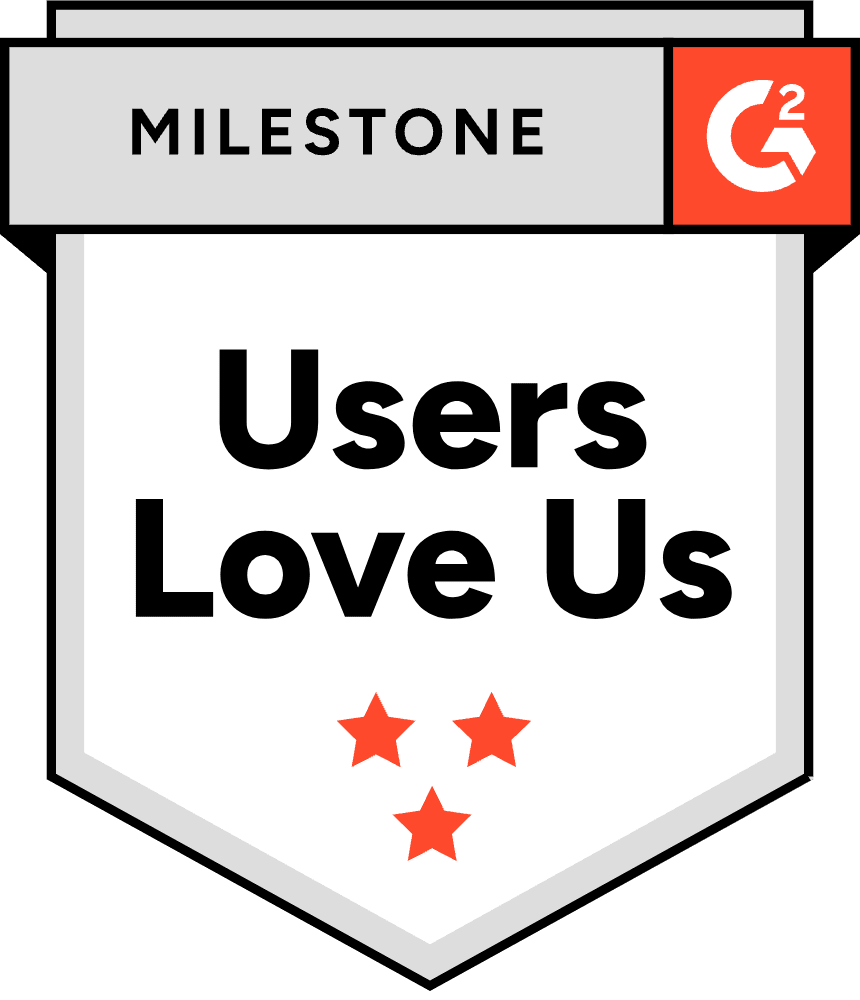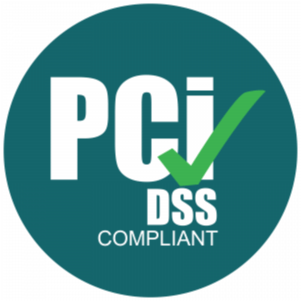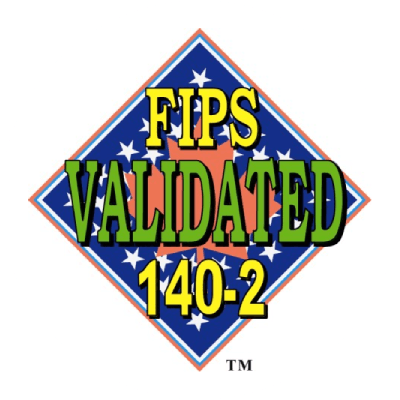Posted by Suresh Sathyamurthy
January 6, 2025
The rise of Generative AI and AI agents is revolutionizing enterprises, enabling unprecedented levels of efficiency and productivity. Yet, with great power comes great responsibility—the sensitive nature of enterprise data demands airtight security measures. As organizations deploy these technologies, they face a crucial question: How can they ensure secure, compliant operations while harnessing the full potential of AI?
This blog post explores a comprehensive framework that leverages Secrets Management, Machine Identity Management, Next Gen Privileged Access Management (PAM), and Tokenization to create a robust framework for safeguarding machine-to-machine interactions and protecting sensitive data and communication while using Generative AI and AI agents.
The best way to demonstrate this is with an example. In this case I have chosen a healthcare example, as the industry has some of the most complex compliance, regulation and data security mandates.
AI in Action
Consider a healthcare enterprise that utilizes:
- A Generative AI model hosted on a secure cloud service
- An on-premises patient database containing sensitive information
- AI agents that retrieve patient data, tokenize sensitive details, and securely communicate with the Generative AI system
The goal is to generate valuable insights while ensuring the utmost security and compliance in handling sensitive patient data during machine-to-machine interactions.
Enterprise AI: Key Security Mechanisms in Action
Secrets Management: Safeguarding Critical Credentials
Secrets Management plays a crucial role in protecting sensitive credentials such as API keys, passwords, and encryption keys. In our healthcare scenario:
- AI agents dynamically retrieve secure API keys from a Secrets Management tool (e.g., Akeyless) to access the patient database and Generative AI cloud service.
- These keys are short-lived and encrypted during transmission and storage, minimizing the risk of exposure.
For example, when an AI agent needs to request a tokenized version of a patient record, it authenticates using a dynamically generated credential, ensuring that no long-term secrets are stored within the agent itself.
Machine Identity Management: Establishing Trust Between Systems
Machine Identity Management in enterprises is essential for creating unique, verifiable identities for all machines involved in the process. In our healthcare enterprise:
- The database server, AI agents, and Generative AI model use mutual authentication via machine-issued certificates.
- When querying the database, an AI agent presents a certificate issued by the enterprise’s Certificate Authority (CA). The database verifies this identity before responding, ensuring that only authorized machines can access sensitive information.
This approach significantly reduces the risk of unauthorized access and ensures that all machine-to-machine communications are trustworthy and verifiable.
Tokenization: Protecting Sensitive Data While Preserving Functionality
Tokenization is a powerful technique that replaces sensitive data with unique, non-sensitive tokens while maintaining data usability. In our scenario:
- When AI agents retrieve patient records, sensitive fields like names and Social Security Numbers are tokenized:
- Patient Name: “John Smith” → “TKN-12345”
- SSN: “123-45-6789” → “TKN-67890”
- The Generative AI model receives only tokenized data for analysis, never accessing raw patient information.
This approach significantly reduces compliance risks associated with regulations like HIPAA or GDPR, as sensitive data is never exposed during processing or transmission.
Privileged Access Management (PAM): Enforcing Least Privilege
PAM ensures that AI agents and systems in enterprises have only the necessary access rights to perform their designated tasks. In our healthcare example:
- AI agents have privileged, restricted access limited to:
- Read-only patient records from the database
- Generating treatment insights via the Generative AI model
- PAM policies prevent AI agents from modifying records or accessing unrelated systems.
For instance, an AI agent cannot retrieve de-tokenized patient data, as its role is restricted to working with tokenized information only.
The Unified Security Framework in Action
The integration of multiple security mechanisms in an enterprise creates a robust, multi-layered defense strategy that transforms how AI systems interact with sensitive data. This comprehensive approach doesn’t just implement isolated security controls, but orchestrates them into a seamless, dynamic ecosystem where each mechanism reinforces and complements the others.
Here’s how it works:
- AI Agent Queries Patient Database:
- Secrets Management provides a secure API key for authentication.
- Machine Identity Management verifies the AI agent’s identity.
- Tokenization replaces sensitive patient details with tokens before sharing.
- AI Agent Sends Data to Generative AI:
- Tokenized data is securely transmitted using encrypted channels.
- Machine Identity Management ensures mutual authentication between the AI agent and Generative AI service.
- Generative AI Generates Insights:
- The model processes tokenized data and sends treatment recommendations to the AI agent.
- Sensitive details remain tokenized throughout the entire process.
- Privileged Access and Monitoring:
- PAM enforces role-based permissions, limiting AI agent access to tokenized records and insight generation.
- All interactions are logged for compliance and auditing purposes.
Benefits of the Unified Approach
By addressing security concerns at multiple levels, from data access to machine-to-machine communication, this holistic security framework enables healthcare enterprises to harness the full potential of AI technologies while maintaining rigorous compliance standards. Let’s explore the key benefits that make this comprehensive strategy indispensable for modern healthcare AI implementations.
- Enhanced Data Security: Tokenization ensures sensitive information is never exposed during machine-to-machine communication, while Secrets Management and PAM add multiple layers of access control.
- Trust and Integrity: Machine Identity Management guarantees that only authorized machines can communicate, establishing a foundation of trust in all interactions.
- Regulatory Compliance: The combination of tokenization and strict access controls helps meet stringent privacy regulations such as HIPAA and GDPR.
- Scalability: This framework provides a secure foundation that can support the addition of more AI agents and systems as the healthcare enterprise grows.
- Risk Mitigation: Even in the event of data interception, tokenized values are meaningless without access to the secure mapping system, significantly reducing the impact of potential breaches.
Conclusion
By implementing a unified approach that combines Secrets Management, Machine Identity Management, Privileged Access Management, and Tokenization, enterprises adopting Generative AI and AI Agents can create a secure and compliant framework for machine-to-machine communication. This comprehensive strategy is critical when deploying Generative AI and AI agents in sensitive environments, ensuring that the benefits of advanced AI technologies can be realized without compromising data security or organizational integrity.
As enterprises across industries increasingly embrace AI-driven solutions, adopting such a robust security framework will be essential in maintaining stakeholder trust, ensuring regulatory compliance, and unlocking the full potential of AI in driving innovation and operational excellence.
Akeyless is the world’s first and only unified secrets and machine identity platform combining all the capabilities needed for secure enterprise AI deployment. If you are interested in learning more – a customized demo is just a click away.













